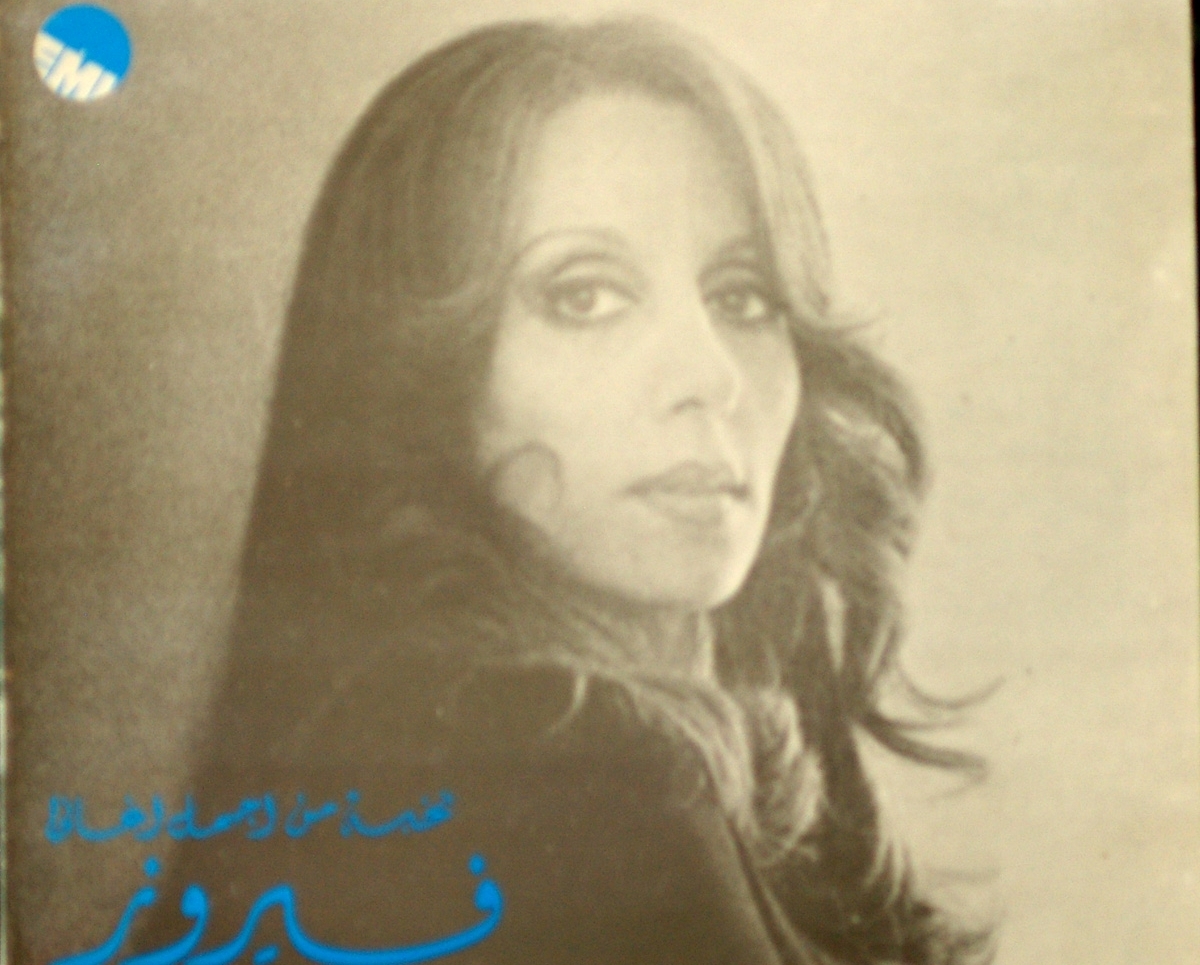Written by:
Share article:
Beirut and Istanbul
A 12-year-old Nouhad Haddad, later known as Fairuz, was listening to radio performances of two extraordinary women singers of Egypt - Laila Murad and Asmahan. Fairuz was raised in a poor Lebanese Christian Orthodox family, with classic and traditional virtues. According to her father, a woman should have a good and respected profession – being a teacher should be an ambition of his daughter. Fairuz agreed to this vision, while secretly dreaming of singing. Soon it would be revealed to her that music was to become her life path. Fairuz’s outstanding voice was recognized very early on as of unique quality by her music teacher - Muhammad Fleifel. Soon her dream to sing on the radio would be fulfilled and she would be opened new unlimited possibilities. Being a Christian, she eagerly started to learn the Quran’s verses which helped her to embrace the Arabic art of singing. Her relationship with her lover, husband and musical partner Assi Rahbani was perceived a classic example of a creative and powerful connection between a diva and a composer. The recently established polyphonic country of Lebanon (1943) with Beirut as its capital was in need of a national voice that would bring power and hope to its people. Soon Fairuz was to become the cultural treasure of Lebanon and whole Arab world.
Istanbul, 1959
Kamuran Akkor was spending her teenage years in her room, passionately listening to radio performances of two of the most gifted women singers of the Arab world – Oum Koulthum and Fairuz. Even though she was 12, Kamuran was learning Fairuz’s songs by heart, carefully repeating and singing all the lyrics. Her older sister – Gonül Akkor was already working in Ankara Radio, on the road to her stunning musical career. 7 years younger, Kamuran was going to become a teacher, as all good girls from Turkish middle class houses should do. In less than 10 years, Kamuran would start her new path and win everything that was possible to win in the Turkish music business of those days. Her marriage with Vasfi Uçaroğlu, a talented jazz drummer and arranger, was to become the most beautiful story of love and passion between a Turkish diva and a musician. Her voice was to become an iconic sound of Turkish popular music of the 60s and 70s.
Fairuz – the jewel of Beirut; Kamuran Akkor – the pearl of Istanbul. Their resemblance is striking. Their voices are not only similar in color and structure, with their deep and trembling sounds; they are also perfectly different and original in the way that only great voices can differ. Both Fairuz and Kamuran mastered the ability of singing in typically Eastern as well as Western modes. Their biographies are different in details, but similar in trivialities and life paths. Their stories tell of the cultural and musical situation in both countries, especially depicting the music business in Lebanon and Turkey.

